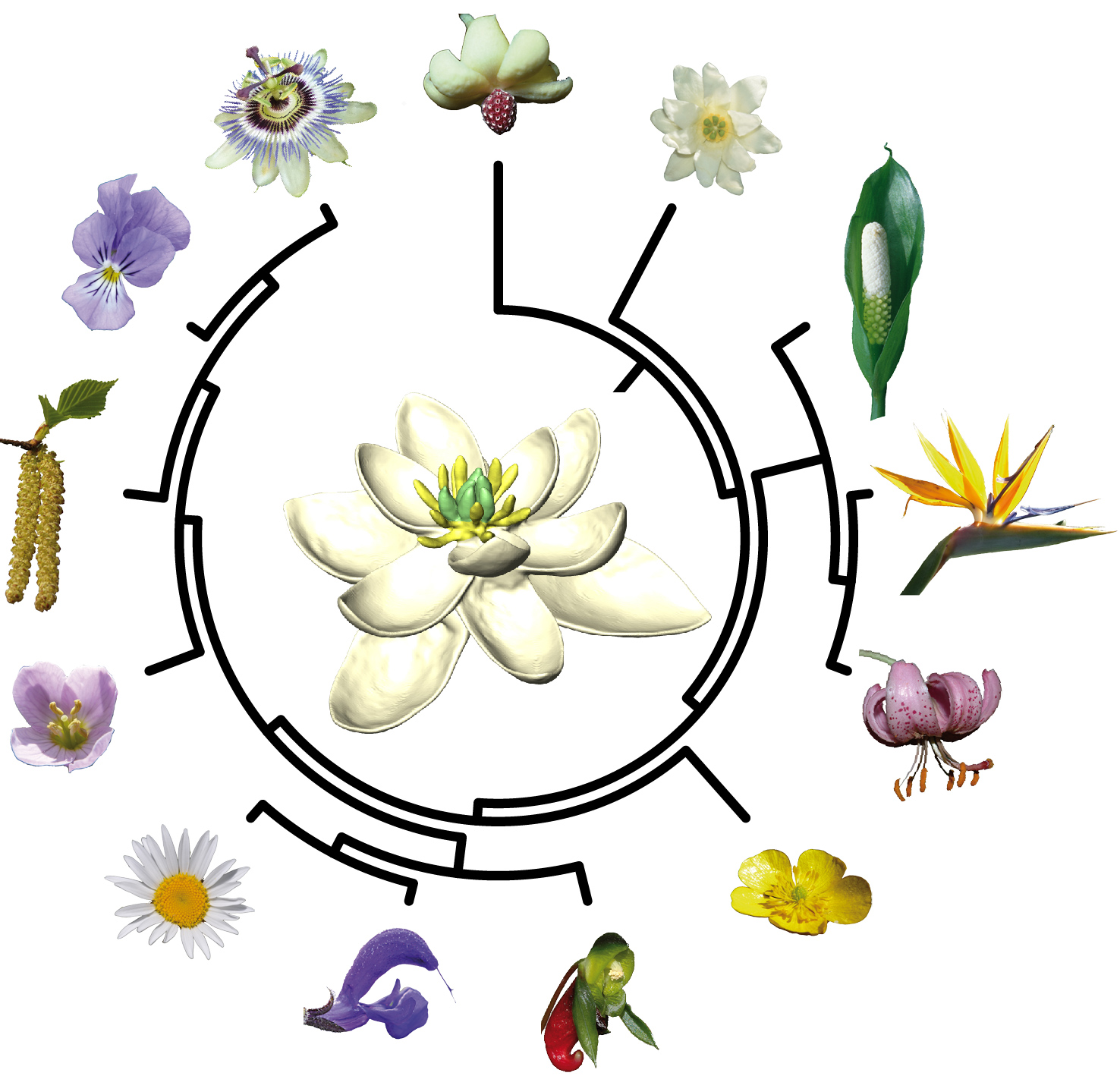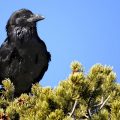Содержание
Evolutionary history:
Cretaceous:
In the distribution of seeds, animals have also participated. The fruit, which is formed from the growing parts of the flower, is often a seed-dispersing device that attracts or otherwise, disturbs animals to eat, incidentally disintegrating the seed contained in it. Flowers have proven to be an unusually effective means of reproduction, although many such mutualistic relationships remain too fragile to avoid competition and spread widely, becoming the dominant form of land plant life (whatever its origin).

Flower ontogeny uses a combination of genes that are normally responsible for producing new shoots. Often separate from (but in contact with) each other, there are a variable number of flower parts in the most primitive flowers probably. To be bisexual (in plants, this means that there are both male and female parts on the same flower), the flowers grow in a spiral pattern and are dominated by the ovary (female part). As flowers evolved, some variations fused the developed parts together, with a much more distinct number and design, and specific sexes per flower or plant, or at least «ovary inferior». The seasonal florals houston and flower shop houston texas also provides the houston get well roses along with a wide range of other services.
The flowers still bloom today; Humans have had such a profound effect on modern flowers that some of them cannot be pollinated in nature. There are a wide variety of modern domesticated flower species that were before simple weeds, which only germinated when the ground was disturbed. Some of them tended to grow with human crops, perhaps symbiotic companion plants, and most did not break because of their beauty, developing a reliance on human affection and special adaptations.
Some paleontologists have even proposed that flowering plants, or angiosperms, may have evolved through interactions with dinosaurs. One of the strong proponents of this idea is Robert T. Baker. He proposes that herbivorous dinosaurs, along with their eating habits, provided a selective pressure on plants, whereby adaptations were successful in either preventing or countering predation by herbivores.
By the late Cretaceous, angiosperms first appear in environments occupied by ferns and cycadophytes, but trees that form large canopy replaced conifers as the dominant trees, only 66 million years ago or later, during the early Cretaceous were near the end Paleogene. The radiation of herbivorous angiosperms occurred much later. Although already revealed by the late Cretaceous, there are many species of fossil plants that belong to modern families (including beech, oak, maple and magnolia).





